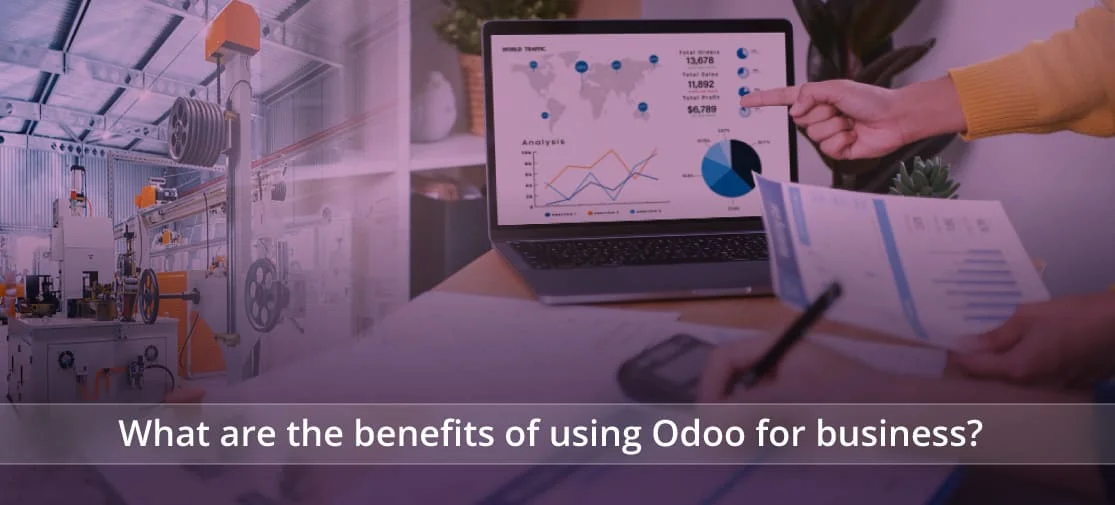Introduction
In the ever-evolving world of project management, selecting the appropriate methodology can significantly influence the success of your project. Among the most popular methodologies are Agile and Waterfall, each with its unique strengths and weaknesses. Understanding these approaches can help you make an informed decision that aligns with your project's goals and constraints.
Understanding Agile Methodology
Agile is a flexible project management approach that originated in the software development sector. It is designed to accommodate changes and encourage collaboration. The Agile Manifesto, published in 2001, outlines its core values and principles. Here are some key characteristics of Agile :
Key Characteristics of Agile
- Iterative Development : Agile emphasizes short development cycles, often referred to as sprints or iterations. These cycles allow teams to release segments of work incrementally, making it easier to adapt to changes and incorporate feedback quickly.
- Customer Collaboration : Agile prioritizes direct communication with stakeholders and customers. Regular updates and meetings, such as daily stand-ups, sprint reviews, and retrospectives, ensure the project is aligned with customer expectations.
- Welcoming Change : Agile methodologies embrace change at any stage of the project. This flexibility is advantageous in dynamic environments where project requirements can evolve.
- Cross-Functional Teams : Agile teams are typically small, self-organizing, and cross-functional. Members bring diverse skills to the table, enabling them to work collaboratively and solve problems efficiently.
Benefits of Agile
- Increased Flexibility : Agile allows teams to pivot quickly in response to new information or changes in the market.
- Improved Customer Satisfaction : By involving customers throughout the project, Agile ensures that the final product meets user needs.
- Enhanced Product Quality : Continuous testing and feedback loops help identify and rectify issues early in the development process.
Drawbacks of Agile
- Less Predictability : Since Agile is adaptive, it can be challenging to estimate the total time and resources needed for project completion.
- Requires Experienced Teams : Agile relies on effective team collaboration, which can be daunting for inexperienced or poorly managed teams.
- Potential for Scope Creep : The welcoming nature towards changes can sometimes lead to scope creep if not managed carefully.
Delving into Waterfall Methodology
Waterfall is a traditional project management approach characterized by its linear and sequential progression. It is often compared to a series of cascading waterfalls, with each phase flowing into the next. Here are the salient features of Waterfall :
Key Characteristics of Waterfall
- Linear Phases : Waterfall involves distinct project phases such as requirements gathering, design, implementation, testing, deployment, and maintenance. Each phase must be completed before moving on to the next.
- Detailed Documentation : Waterfall places a strong emphasis on comprehensive documentation, which sets clear expectations and provides a reference for future project phases.
- Control and Predictability : Thanks to its structured nature, Waterfall provides higher levels of control and predictability over the project timeline and budget.
- Minimal Customer Involvement : Unlike Agile, Waterfall involves the customer primarily during the requirements phase and at project delivery.
Benefits of Waterfall
- Clarity and Structure : Waterfall's sequential nature makes it easy to understand and manage, especially in projects with well-defined requirements.
- Easy Progress Tracking : The completion of each phase serves as a milestone, facilitating progress tracking.
- Strong Documentation : Detailed documentation helps maintain consistency and provides a clear project roadmap.
Drawbacks of Waterfall
- Inflexibility : Waterfall struggles to accommodate changes once a phase is completed, making it less suited for projects with evolving requirements.
- Delayed Testing : Testing occurs at the end, potentially leading to the late discovery of significant issues.
- Limited Customer Feedback : Lack of ongoing customer input can result in a final product that doesn't meet user needs.
Choosing the Right Methodology: Agile or Waterfall?
Selecting between Agile and Waterfall heavily depends on the nature of your project, your team's expertise, and your client's needs. Here are factors to consider :
Project Requirements and Objectives
- Clear and Stable Requirements : If your project has well-defined, stable requirements that are unlikely to change, Waterfall is a suitable choice. Its emphasis on detailed documentation ensures that set requirements are understood and met.
- Evolving Requirements : For projects where requirements are expected to change or are not fully clear at the outset, Agile's flexibility is advantageous. It allows for continuous refinement based on feedback.
Team Structure and Experience
- Experienced Teams : Agile thrives with experienced, self-organizing teams. If your team is familiar with Agile practices and capable of managing their workload effectively, Agile can unlock significant efficiencies.
- Structured Teams : Waterfall is more appropriate when working with less experienced teams that require clear guidelines and a structured approach. Its sequential process minimizes confusion.
Customer Involvement
- High Customer Engagement : Agile is ideal for projects requiring regular customer input. It ensures that customer expectations are continuously met.
- Limited Interaction : Waterfall suits scenarios where customer involvement is limited to the initial and final stages of the project. This can be beneficial when clients provide all necessary information upfront.
Timeline and Budget Constraints
- Rigid Timelines : Waterfall's structured approach facilitates adherence to strict deadlines, as each phase is completed before proceeding.
- Flexible Timelines : Agile accommodates shifting priorities and is more suitable for projects with flexible timelines if the budget allows for variations.
Risk Management
- High-Risk Projects : Agile's iterative approach allows for early risk detection and mitigation, making it well-suited for high-risk projects.
- Low-Risk Projects : Waterfall can be effective for low-risk projects with clear requirements, where the primary goal is efficient execution.
Conclusion
Both Agile and Waterfall offer unique advantages and challenges. Agile is ideal for projects that require flexibility, ongoing feedback, and creative problem-solving. Waterfall, on the other hand, is better suited for projects with stable requirements and clear milestones. By carefully assessing the specific needs and constraints of your project, you can choose the methodology that best aligns with your goals. Alternatively, a hybrid approach can provide a structured yet flexible framework, adapting to the complexities of modern project management.
Ultimately, successful project delivery hinges not just on choosing the right methodology, but also on effective communication, collaboration, and continuous learning and adaptation. Whether your project navigates the rapids of Agile or flows steadily down the Waterfall path, understanding these methodologies empowers your team to deliver quality outcomes and enhance overall customer satisfaction.




